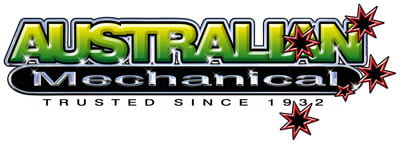How to tell if your clutch Needs Replacing
If you own a car with a manual transmission, you know how important your clutch is. Without it, you wouldn’t be able to change gears or stop without stalling your engine. Clutches are also commonly found in air conditioning and cooling systems, but we will be talking about the clutch in your gearbox.
Do you think your clutch might be on its way out? Find out more on how your clutch works and some common symptoms of a worn clutch.
What Is A Clutch?
A car’s engine is always spinning, even when the wheels are not. If the engine was locked to the wheels, there would be no way to stop the car without stalling. That is where a clutch comes in. The clutch acts as a device that allows the driver to connect and disconnect the engine and the wheels whenever necessary. This includes when the car is coming to a stop and when the driver needs to change gears.
When your foot is off the clutch pedal, the pressure plate is pushed up against the clutch plate by springs, connecting it to the flywheel via friction and locking the engine to the wheels. When you push your foot on the clutch pedal, a hydraulic system or cable uses various mechanisms to pull the pressure plate from the clutch plate, allowing the engine to spin independently from the wheels.
Common Clutch Issues
1. A Slipping Clutch
Most clutches can last well over 100,000km depending on use, but like many parts of a car are a wear item. Eventually they will lose most of the friction material on the clutch plate that allows them to work. If you press the accelerator on your car and see the RPM’s but don’t accelerate as you should, then you may have a slipping clutch
2. DIfficulty Shifting Gears
Shifting gears can become difficult if your clutch is sticking. The engine isn’t able to properly disconnect from the wheels, causing for difficult shifting that can easily damage the gearbox. This is usually due to an issue with the hydraulic system or cable that engages/disengages the clutch.
3. Spongy, Sticking, Or Loose Clutch Pedal
If you experience any of these clutch pedal issues, it is most likely due to a failure of the hydraulic system or cable that engages/disengages the clutch.
4. A Rattling Sound When You Press The Clutch
A rattling sound when your foot is off the clutch pedal is usually indicative of a worn throwout bearing. A throwout bearing is essential to disengaging the clutch, and if it fails you won’t be able to change gears. Other common symptoms of a bad throwout bearing include vibrating in the clutch pedal, grinding noise when changing gears and a heavy clutch pedal.
Time To Service Your Clutch?
If you’re experiencing any of the symptoms described above, it may be time to have your clutch serviced. At Australian Mechanical, we have qualified technicians and state-of-the-art workshop equipment to service, repair or replace your clutch and gearbox. Contact us today to book in for a service.
Read More Posts
My Check Engine Light Is On, What Do I Do?
If you’re driving your car and the check engine light suddenly pops up, it can be a bit of a scary experience.
How We Test Your Car Air Conditioning For Leaks
We use environmentally friendly leak detection methods to find & fix air conditioning leaks.
How To Tell if Your Car Aircon Needs a Regas
Is your car’s air conditioner not as cold as it used to be? Learn how to tell if your car aircon needs a regas.
Call us on 07 3356 1538
Book your next service or repair today and experience our honest, knowledgeable and friendly service.



